Blog
Categories
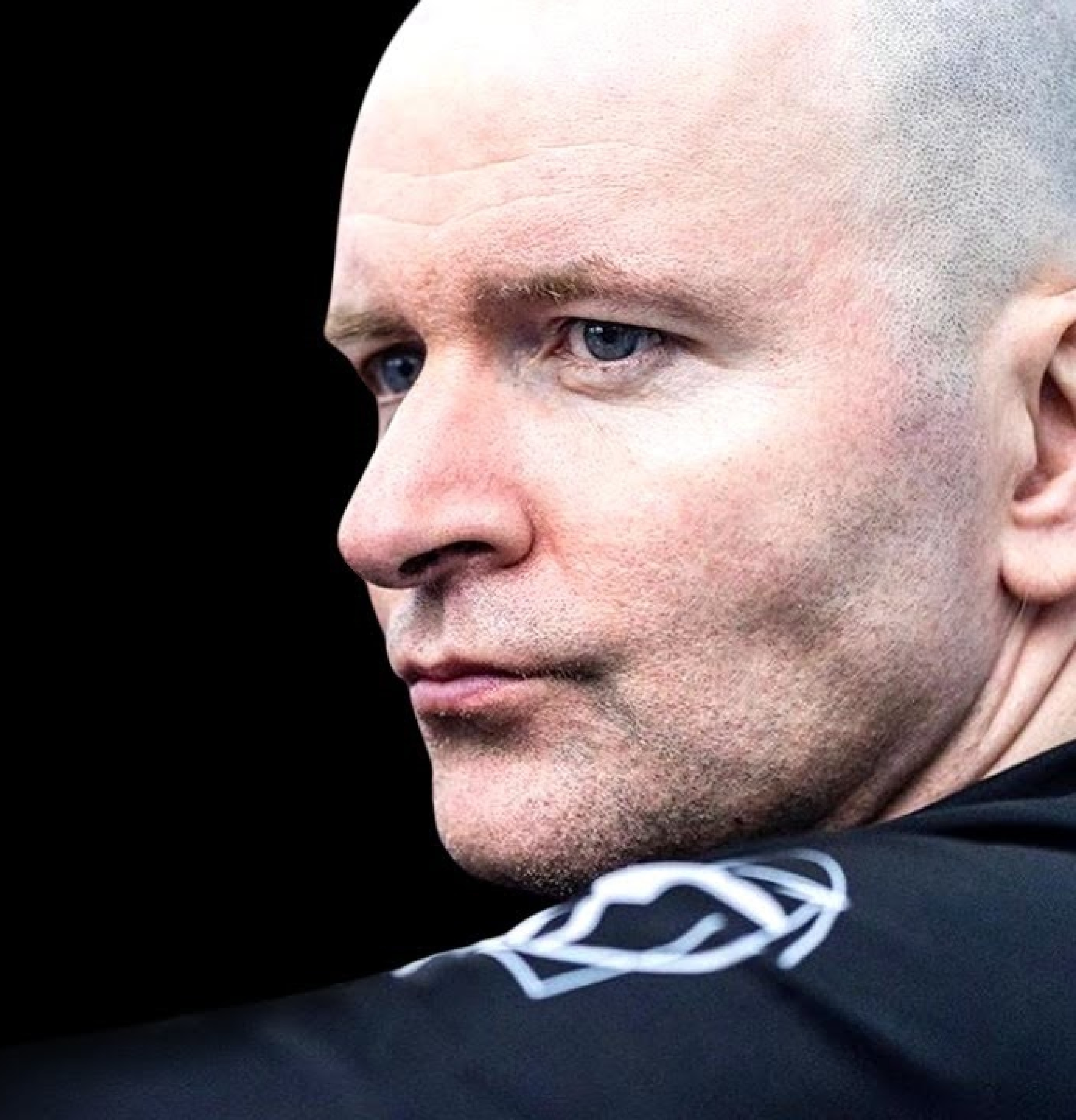
Which martial art best prepares you for a street fight? It’s a question that comes up in any discussion about martial arts and it’s been debated endlessly for hundreds of years. No surprise, it was brought up on Lex Fridman’s podcast during an interview with John Danaher, who is often considered to be one of the best coaches in jiu-jitsu and MMA fighting.
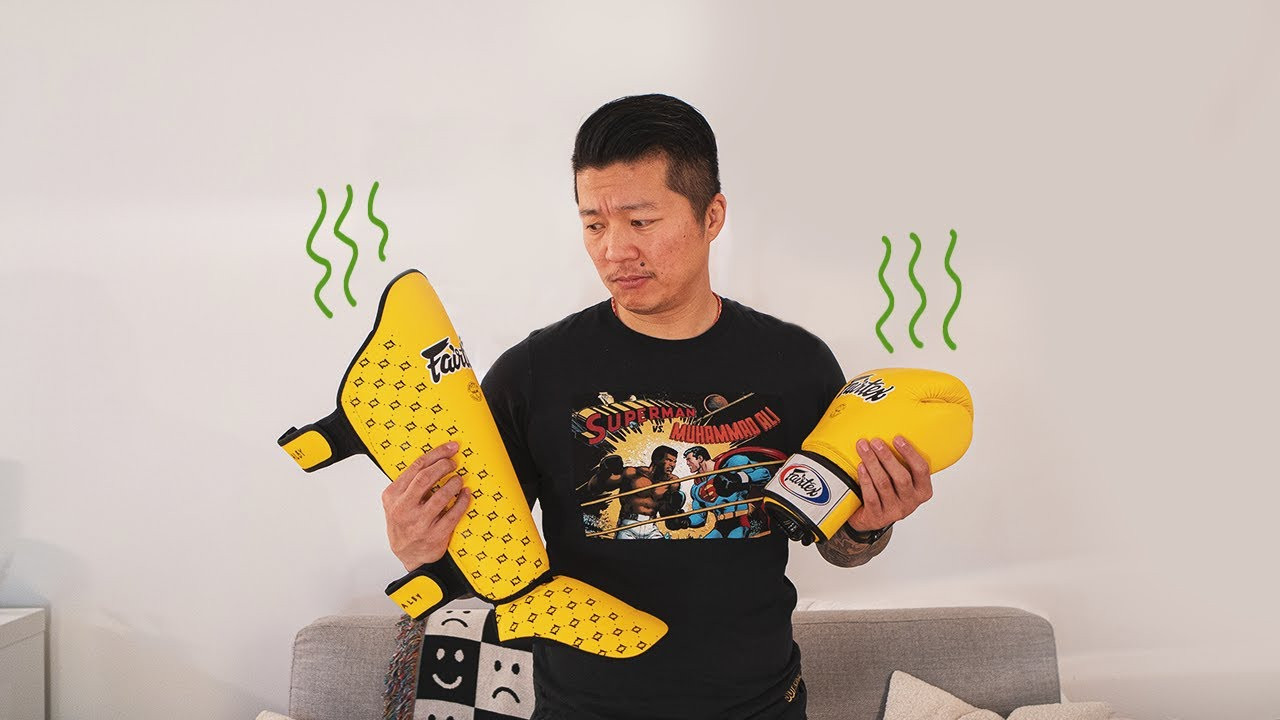
Cleanliness is vital when you practice martial arts. True, sweating is part of the equation whenever you have a tough workout, and very few people walk off the mat smelling like a rose. However, you should still try to take preventative measures to keep you and your gear fresh.
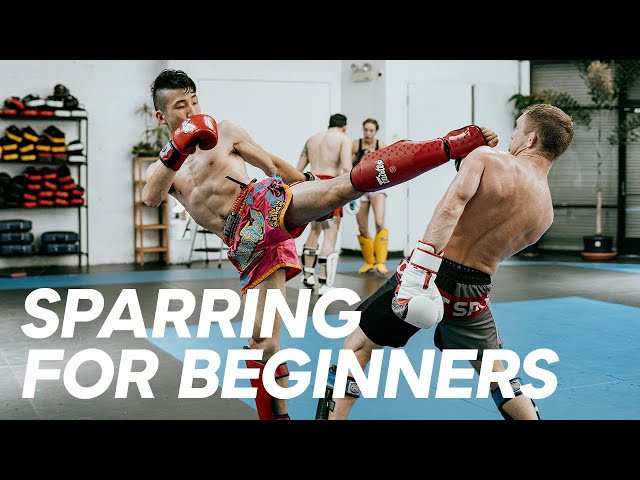
Like any martial art, Muay Thai will teach you how to defend yourself. Unlike jiu-jitsu, Muay Thai focuses on striking rather than ground fighting, which makes it an excellent complement to someone who is training jiu-jitsu but wants to be a more well-rounded fighter.

There are numerous reasons why someone may decide to take a martial arts class, but the most common one is that a person wants to learn how to defend themselves should they get into an altercation with another person. Jiu-jitsu classes will teach you how to do this.
.jpg)
Verbal bullying is the most common type of bullying. As many as 77% of students may experience verbal bullying, which may come in the form of taunting, teasing, or spreading rumors.
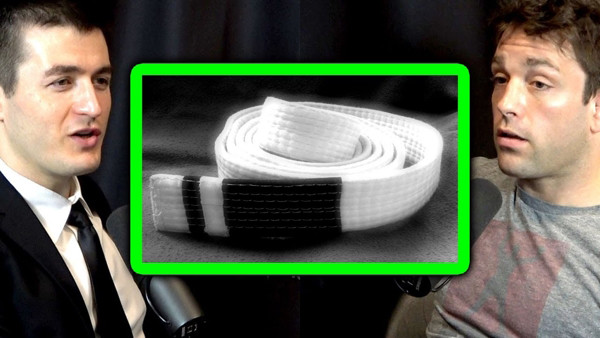
A lot of readers may be familiar with Ryan Hall. Known within the world of mixed martial arts and jiu-jitsu as the “The Wizard” because of his submission skills, Ryan is also well respected because of his intelligence, his humility, and how quickly he rose to the elite level. In only three years, Ryan went from being a white belt to a serious contender in some of the world’s biggest jiu-jitsu tournaments.

Even during your first jiu-jitsu class, you will hear about the importance of “jiu-jitsu fundamentals” frequently.
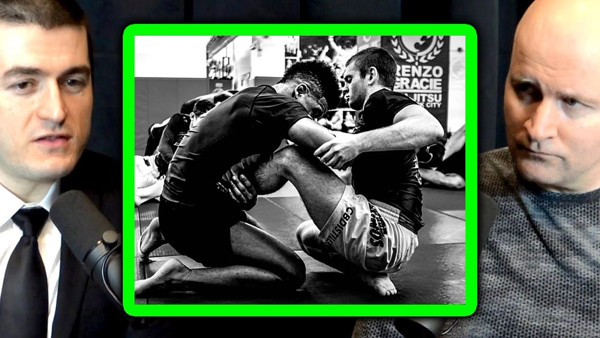
Getting to the level of expert in anything requires years of practice and discipline. It is true for anyone who wants to obtain a black belt in jiu-jitsu or become a virtuoso musician. Part of the reason why it takes so long is because learning these skills requires multiple types of knowledge to establish expertise.
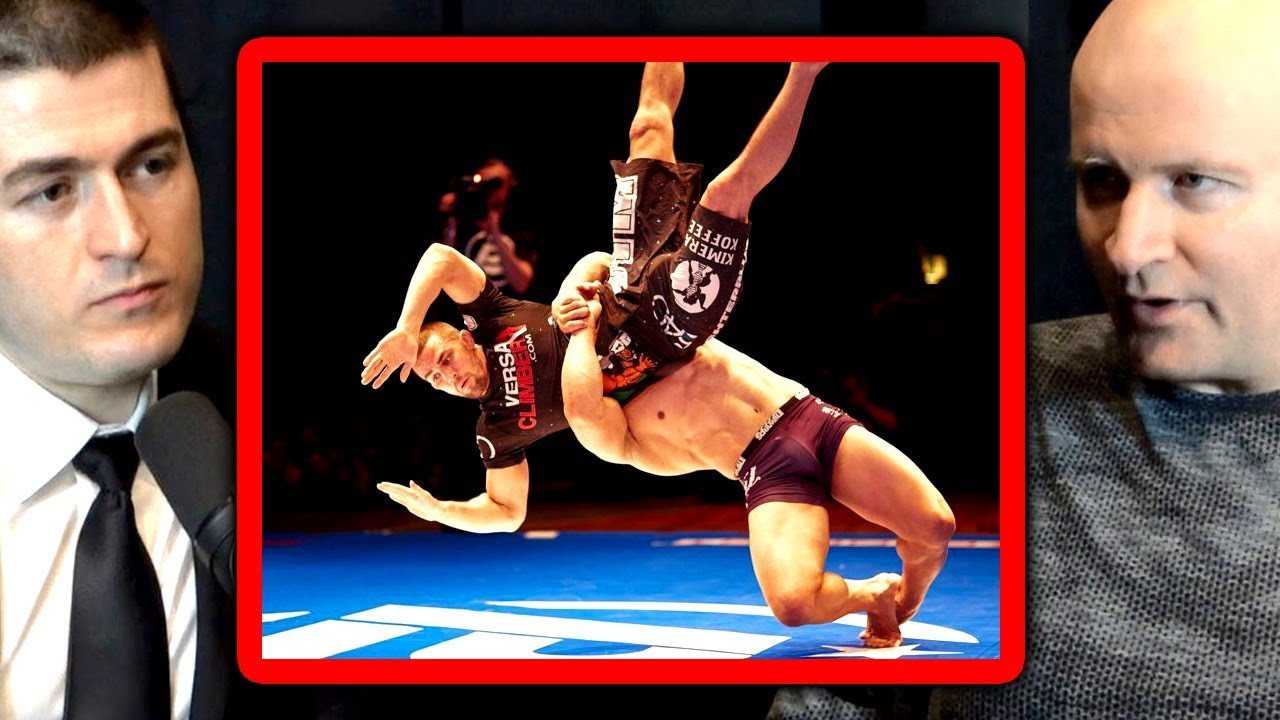
At its core, jiu-jitsu is based on two overarching principles: survival and efficiency. Both of these principles inform the strategies and moves of jiu-jitsu, but it should be remembered that efficiency is secondary to survival. Efficiency is the best means of survival, but it can be sacrificed in cases where an explosive movement will bring an end to the fight and ensure survival.

The start of your jiu-jitsu journey is electric. Every time you come to class you will feel as though you’ve learned something brand new. After every session, you will feel more confident and more capable of defending yourself. If you are taking classes to also get back into shape, you will feel yourself getting leaner and stronger. You will recognize that you have more endurance. The rapid rate of change is intoxicating.

Reaching peak performance takes time, effort, and dedication. Anyone who has tried to obtain mastery of any skill, whether it’s a martial art, musical instrument, or professional ability (e.g., surgery), knows that there are no shortcuts to becoming great and that you can only achieve peak performance through a combination of knowledge and practice.
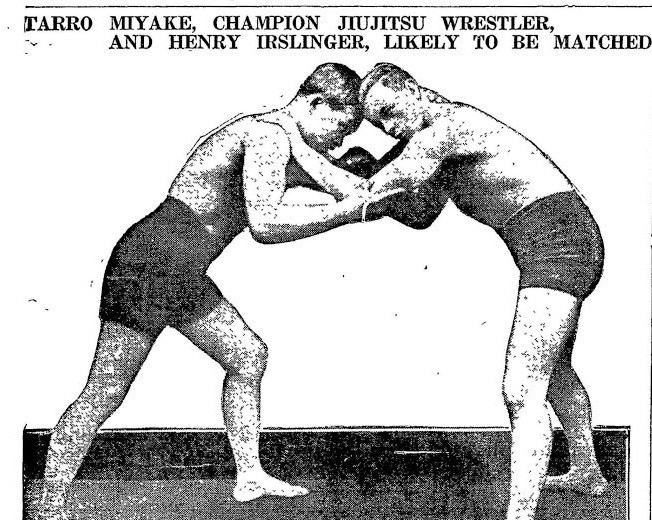
Most people decide to learn a martial art because they want to be able to defend themselves in a real-world fight. Similarly, many parents decide to enroll their children in martial art classes because they want to be sure they have the tools and the confidence to stay safe. Those who start training with the sole goal of entering competitions or becoming a professional fighter are in the minority.
Since so many people take these classes for reasons of safety, it makes sense to ask: What is the best martial art for self-defense?

Training jiu-jitsu is not solely about learning moves and evolving your technique. These are no doubt central elements to becoming better, but making improvements as a fighter also involves conditioning your body to endure the rigors of martial arts. This means strength training, improving your flexibility, cardio workouts, and taking care of yourself outside of the gym—eating clean, avoiding excessive drug and alcohol use, and getting the right amount of rest.

Learning a martial art is a lot like learning how to play an instrument. It takes time and dedication to develop a talent, and people can spend their entire lives refining techniques that they typically learn within the first few months of their training. Constantly performing the same or very similar movements helps to establish muscle memory, but it also allows one to discover subtle variations in these techniques that are then used in a variety of different scenarios.
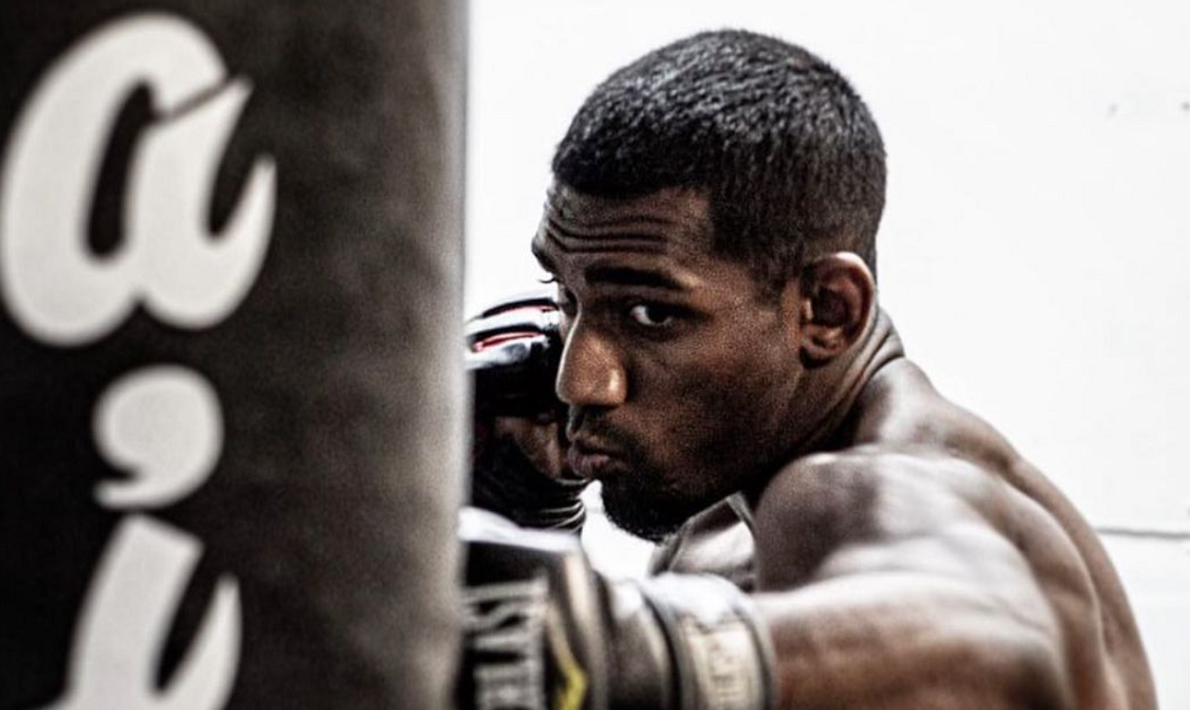
Conditioning is absolutely vital for any involved in combat sports. Whether you’re playing high school hockey or training to become a professional MMA fighter, conditioning needs to be the backbone of your game if you ever plan to have the endurance to be a serious athlete and competitor.
